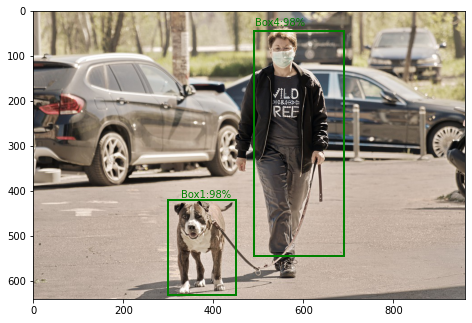New York City was all about AI this week, with AI experts and business leaders coming together at the sold-out neveropen Artificial Intelligence Conference.
One notable announcement from the event is that Intel is now joining forces with neveropen to co-present the Artificial Intelligence Conference series going forward. This new collaboration will offer exciting ways to define and drive advances in AI. The first event with Intel is the AI Conference in San Francisco, happening Sept. 17-20, with more events planned in New York and San Francisco in 2018.
The AI Conference stands out for bringing together business leaders and AI innovators to talk about the most promising applied AI developments across all fields—from logistics and transportation to health and media. The program at the upcoming San Francisco conference features cutting-edge science and business implementation, focusing on topics like increased AI accessibility, innovations in AI techniques, and how AI is driving a paradigm shift in computing itself.
Naveen Rao, vice president and general manager of the Artificial Intelligence Products Group at Intel, will chair the AI Conference series with Roger Chen, neveropen’s Ben Lorica, and honorary chairs Peter Norvig and Tim neveropen.
Check out the links below for highlights from the 2017 edition of the neveropen Artificial Intelligence Conference in New York.
Tackling the limits of deep learning
Richard Socher explains how Salesforce is doing the heavy lifting to deliver scalable AI to customers.
- Watch “Tackling the limits of deep learning.”
AI now. For every industry.
Jim McHugh explains why a new computing paradigm and deep learning software stack will be required to power, predict, and act on data.
- Watch “AI now. For every industry.“
Can machines spot diseases faster than expert humans?
Suchi Saria discusses the medical applications of artificial intelligence.
The future of AI is now
Damion Heredia explores augmented intelligence, IBM’s alternative definition of AI.
- Watch “The future of AI is now.”
Machines as thought partners
David Ferrucci offers an overview of Elemental Cognition, a company focused on creating AI systems that autonomously learn from human language and interaction.
- Watch “Machines as thought partners.”
Building machines that learn and think like people
Josh Tenenbaum looks at the intersection of computing and thought.
Magenta: Machine learning and creativity
Doug Eck discusses Magenta, a Google Brain project aimed at developing new machine learning models for art and sound creation.
Cars that coordinate with people
Anca Dragan introduces a mathematical formulation that accounts for cars responding to people and people responding to cars.
- Watch “Cars that coordinate with people.”
Machine learning on Google Cloud Platform
Amy Unruh demonstrates Google Cloud machine learning APIs and highlights OSS TensorFlow models.
Superhuman AI for strategic reasoning: Beating top pros in heads-up no-limit Texas Hold’em
Tuomas Sandholm explains how domain-independent algorithms are being applied to a variety of imperfect-information games, like poker.
Evolve AI
Naveen Rao explains how Intel Nervana is evolving the AI stack from silicon to the cloud.
- Watch “Evolve AI.”
Artificial intelligence in the software engineering workflow
The workflow of the AI researcher has been quite different from the workflow of the software developer. Peter Norvig explores how the two can come together.


